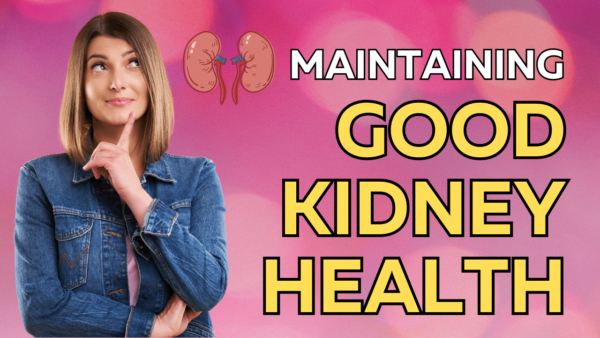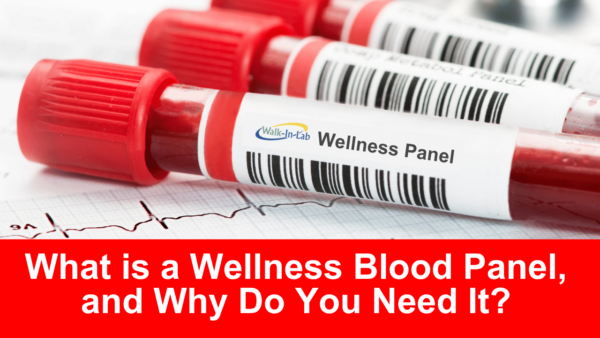There is good news and bad news when it comes to liver health. The bad news is that there’s many different ways for people to get liver disease. The good news is that regardless of the type of disease, the progress of its effects on the liver are consistent. The liver is predictable before eventually collapsing into liver decay. Really there are four major points when it comes to measuring the extent of liver disease. By knowing where you are in the four stages of liver disease, you can most effectively combat the problem and turn the problem around. In this post we’re going to tell you what the four stages of liver disease are and what each stage means.
Stage 1: Inflammation
The first thing you should know is what the liver does for us (besides taste good with Chianti according to Hannibal Lecter). It detoxifies our blood. Blood is used to bring nutrients to various parts of our body, but then takes waste products out various organs. These waste products end up in the liver.
Sometimes, there’s more toxins than the liver can properly handle. In response, our bodies react to the imbalance with inflammation. This will cause the organ to swell in size. To you, the are around your liver (upper right area of your abdomen) will feel tender to the touch, causing pain. Or the area will heat up.
Inflammation is a sign of these diseases: viral hepatitis or immune hepatitis, alcoholic fatty liver or a non-alcoholic fatty liver. The latter, however, can occur without noticeable inflammation. If you have these symptoms, see a doctor right away. At this stage, the damage is potentially reversible. Don’t take a wait and see position or you might find yourself in the second stage before you act.
Stage 2: Scarring
Left unchecked the inflammation will start to scar your liver. Scarred tissue won’t do the work of healthy tissue, so the more scarring there is the less efficient your liver becomes. This process is known as Fibrosis. If the amount of tissue within the liver is overtaken by Fibrosis, toxins will build up, waiting to be processed. The more this happens, the more the tissue will become fibrotic and incapable of performing its function.
The real danger here is that the scarring can restrict blood flow through the organ. Tissue that don’t get enough blood become necrotic and start to die. But before you get there, you’ll experience the third stage. Again, it is worth mentioning that the liver can bounce back from Stage 2 with proper medication and changes to your lifestyle. You have not gone too far yet!
Stage 3: Cirrhosis
At this point, your liver is severely scarred and cannot heal itself. However, developing cirrhosis takes a long time, sometimes decades. So, there’s plenty of time to act before things start getting critical. The bad news is this is usually the stage where liver disease makes its presence most felt. Discomfort and tenderness moves to outright pain. You’ll also start feeling tired all the time, fatigued easily. You’ll eat less because you find you have no appetite. Ironically, you’ll still feel bloated even though you’re not eating as much. This is caused by the build up of fluid as a result of the liver not functioning properly. The area around your liver will be itchy. And finally, the whites of your eyes will start to look yellowish. This is called jaundice. Your skin, as well, can have a yellowish tint.
There are other complications, however, that can arise from Stage 3. It’s at this stage that you start to be most susceptible to developing liver cancer. At this point, it’s critical to stop further scarring of liver tissue. Left unchecked, you’re at risk for an even worse situation. And we know what you’re thinking: there’s a worse stage than cancer?
Stage 4: Liver Failure
Yes, your liver can stop functioning altogether. It is way beyond its ability to heal itself. There are two types of liver failure. Acute Liver Failure happens fast, within 48 hours. Usually, this is a reaction to having a poison in your system or a drug overdose. But in the case of alcohol poisoning your liver, you get Chronic Liver Failure. It’s the latter that most leads to the need to have a liver transplant. This is especially why you want to be paying attention to your body during Stages One & Two. Finding liver transplants are not easy and the recovery from any major surgery can be traumatizing.
As the liver proceeds to fail, you’ll experience diarrhea along with lack of appetite and weight loss. You’ll feel confused and disoriented. As these symptoms are not unique to just liver disease, people can miss the proper diagnosis and not act accordingly.
Because the manifestations of the physical symptoms don’t happen until later stages, it’s wise to get tested regularly with a blood test. As always with our health, the sooner problems are found and treated, the better off we are.

